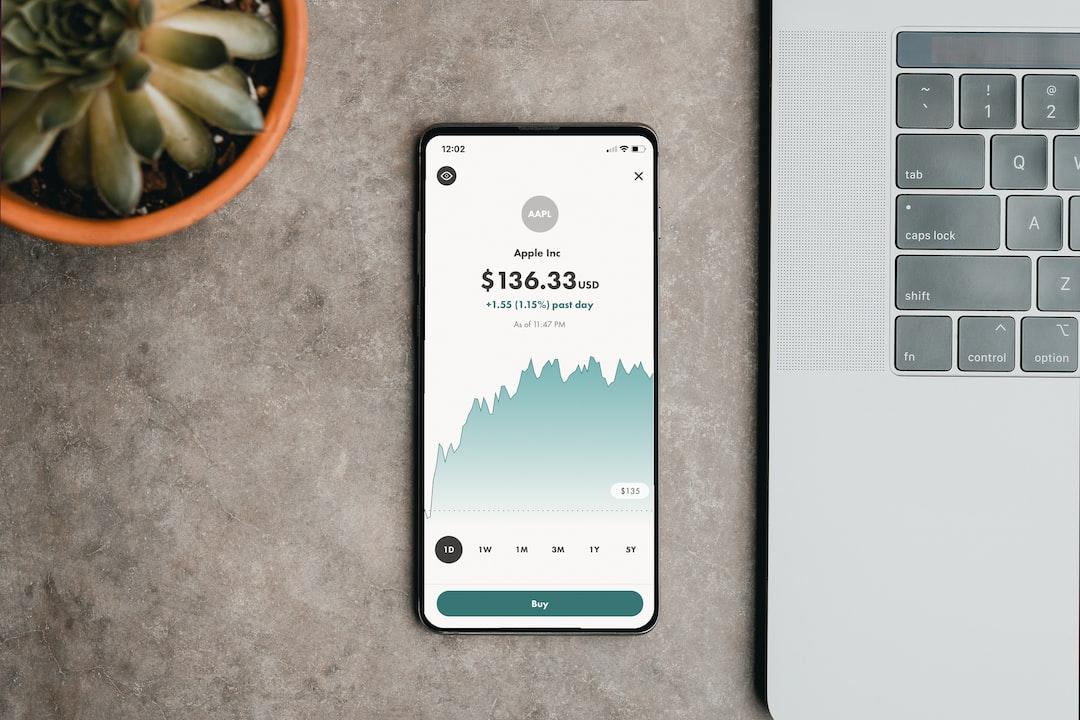CoinDesk Report:
Authors: UkuriaOC, CryptoVizArt, Glassnode; Translation: Baishui
Key Points
Despite a significant drop in Bitcoin trading prices, a large portion of the market remains profitable, with short-term holders bearing most of the losses.
We define and explore a range of potential scenarios for future market developments by combining on-chain pricing models and technical indicators.
Volatility continues to remain historically compressed, indicating investor apathy to some extent, yet insufficient indices to foresee future volatility intensification.
Market Profitability Remains Strong
With BTC prices plummeting to the $55,000 region, many digital asset investors are experiencing some level of fear and bearish sentiment. Instances of market stagnation and dormancy with prevailing apathy are not uncommon.
Nevertheless,
From the perspective of MVRV ratio, investors’ overall profitability remains robust, averaging a 2x profit multiple. This level typically characterizes phases akin to “enthusiastic” and “excited” bull markets.

Digging deeper, we differentiate tokens holding unrealized profits or losses. This allows us to assess the average cost basis of each group and the average magnitude of unrealized gains or losses per token held.
Unrealized gains for tokens in profit average +$41,300, with a cost basis around $19,400. It’s notable that this figure is partly influenced by tokens moved late in the early cycles, including Patoshi entities, early miners, and lost tokens.
(Red)
Unrealized losses for tokens in the negative average -$5,300, with a cost basis around $661,000. These tokens are predominantly held by short-term holders, as few from the “top buyers” of the 2021 cycle still retain significant holdings.
(Blue)
Both metrics help identify potential sell pressure points as investors seek to maintain profits and avoid holding the most severe unrealized losses.

Looking at the ratio of unrealized profit/loss per token, those holding realized profits outnumber those with losses by a factor of 8.2. Only 18% of trading days record larger relative values, all within the excited bull market intervals.
It can be said,
The March ATH set after ETF approval shares several characteristics with historical bull market peaks.

Focus on Short-Term Holders (STH) Group
Since the March ATH, Bitcoin prices have consolidated within a defined range of $60,000 to $70,000, failing to establish a strong trend in either direction.
To contextualize our position in the cycle, we reference a simplified framework for historical Bitcoin market cycles:
Deep Bear Market:
Prices trade below realized values. (Red)
Early Bull Market:
Prices trade between realized prices and true market averages. (Blue)
Enthusiastic Bull Market:
Prices trade between ATH and true market averages. (Orange)
Excited Bull Market:
Prices trade above previous ATH of the cycle. (Green)
Currently, after several brief forays into the excited zone, prices remain within the enthusiastic bull market territory. The true market average stands at $50,000, representing the average cost basis for each active investor.
If the macro bull market is expected to persist, this level remains crucial for the market to maintain above.

Next, we focus on the STH group, overlaying their cost bases with levels representing +-1 standard deviation. This provides insights into areas where these price-sensitive holders may begin to react:
Significant unrealized profits suggest a potentially overheated market, currently valued at $92,000. (Red)
The breakeven level for the STH cohort stands at $64,000, with current spot prices below but attempting to recover. (Orange)
Significant unrealized losses suggest a potentially oversold market, currently valued at $50,000. This aligns with the true market average serving as a bull market inflection point. (Blue)
It’s noteworthy that only 7% of trading days see spot prices trade below the -1SD range, making such occurrences relatively rare.

Given prices trading below something’s cost basis, it is prudent to examine the financial stress levels within each subset of this group. By segmenting using our age-based indicators, we can dissect and examine the cost bases of different age-invested cohorts within the STH group.
Currently, the 1d-1w, 1w-1m, and 1m-3m age groups all average unrealized losses. This suggests minimal effectiveness for traders and investors in this consolidation range.
The cohort ranging from 3 to 6 million still represents the sole subset holding unrealized profits, with an average cost basis of $58,000. This aligns with the low of this adjustment, marking it again as a critical area of focus.

Turning to technical indicators, we utilize the widely used Mayer Multiple, which evaluates the ratio between the price and its 200DMA. The 200DMA serves as a straightforward indicator to gauge bullish or bearish momentum, marking any breakout or breakdown as a critical pivot point in the market.
The current value of the 200DMA is $58,000, once again converging with on-chain pricing models.

We can further assess supply concentration around large supply nodes between $60,000 and $70,000 using the URPD indicator. This is consistent with the cost basis model for short-term holders.
With 2.63 million BTC (13.4% of circulating supply) situated within the $60,000 to $70,000 range, minor price fluctuations can significantly impact token and investor portfolio profitability.
Overall, this suggests
Many investors may be sensitive to prices falling below $60,000.

Expectations for Volatility
After months of range-bound price action, we note a significant decline in volatility across rolling window timeframes. To visualize this phenomenon, we introduce a simple tool to detect periods of realized volatility contraction, typically serving as an indicator suggesting potential future volatility intensification.
The model assesses changes in realized volatility over 30-day periods across 1 week, 2 weeks, 1 month, 3 months, 6 months, and 1 year timeframes. A signal triggers when all windows show negative changes over 30 days, implying volatility compression and reduced expectations for future volatility.

We also evaluate market volatility by measuring the percentage range between the highest and lowest price movements over the past 60 days. According to this indicator, volatility continues to compress to rare levels, typically seen before significant market movements following prolonged consolidation.

Finally, we enhance our volatility assessment using the seller risk ratio. This tool assesses the absolute sum of investors’ locked-in realized profits and losses relative to asset size (realized ceiling). We can consider this within the following framework:
High values indicate tokens are being spent with significantly larger profits or losses relative to their cost basis. This suggests a market potentially needing rebalancing and often sees sharp price fluctuations.
Low values indicate most tokens’ spending is relatively close to their breakeven cost basis, suggesting a degree of equilibrium within the current price range and typically describes a low volatility environment.
It’s noteworthy that STH seller risk has dropped to historic lows, with only 274 out of 5083 trading days (5%) recording lower values. This indicates some level of equilibrium has been established during price consolidation, hinting at
Expectations for increased volatility in the near term.

Summary
The Bitcoin market is at an intriguing juncture, with prices 20% below ATH, yet apathy and boredom prevailing. An average of 2x unrealized profits is still held. However,
New buyers remain notably absent
.
We also explore critical pricing levels where investor behavior patterns may shift. We seek a fusion of on-chain and technical indicators and identify three key areas of interest.
Breaking below $58,000 to $60,000 will expose significant losses for many STHs
and trade below the 200-day moving average price level.
Price trends between $60,000 and $64,000 continue the current market’s sideways trajectory.
A breakout above $64,000 could lead to significant profits for many STH tokens, potentially lifting investor sentiment.
From pricing and on-chain perspectives, volatility continues to compress across multiple timeframes. Seller risk ratios and 60-day price ranges have dropped to historic lows, suggesting the current trading range is in the latter stages of developing the next range expansion.

